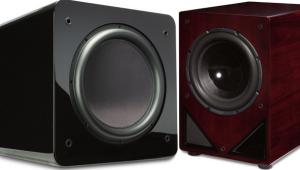What You Need to Know About Wireless Multiroom Music Systems
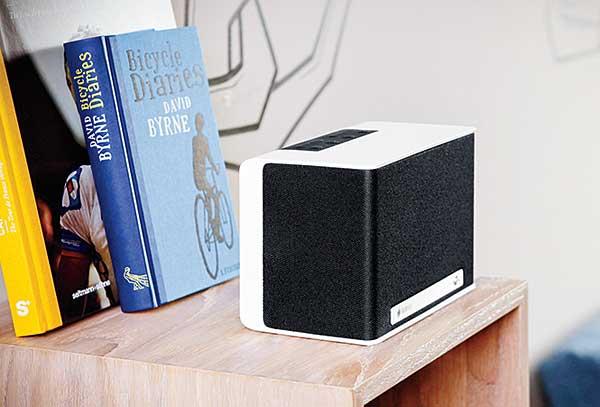
Then MP3 and digital music happened. In late 1998, the first portable digital music player was commercialized; anybody remember the Diamond Rio? In mid-1999, Napster, a peer-to-peer file-sharing Website that facilitated the free distribution of ripped CD tracks, was launched; it barely lasted two years before being brought down by the music industry’s copyright enforcers. Six months before Napster crashed in July 2001, Apple’s Steve Jobs released the first version of iTunes library/player software, which he followed with the first iPod in October of that year.
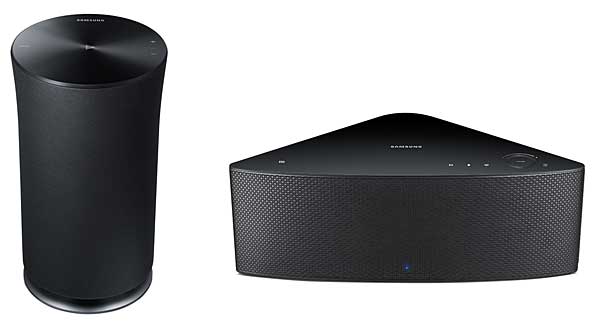
The iTunes store (and what it eventually wrought) was still two years away, not launching until October 2003. But somewhere in between, during 2002, some successful software entrepreneurs out of Santa Barbara saw a future that few others did. Wi-Fi and broadband were just getting a foothold, and there were no streaming music services to speak of. But John MacFarlane, Craig Shelburne, Tom Cullen, and Trung Mai envisioned a day when you could sit in your chair and push a few buttons to easily access any song you wanted from a cloud that was yet to form. So they founded Sonos. Their first two-room product bundle came out in 2005 for $1,199, including a couple of player/amplifier units you could hook up to passive speakers and a wireless controller with a screen and clickwheel that could scroll through music on your computer. It more or less collided with the launch of Pandora’s personalized Internet radio service.
Incredibly, Sonos sat largely alone for most of the decade that followed, evolving their products and nursing a nascent market for wireless multiroom audio. But what was once a virtual monopoly has become, in just the last two or three years, a crowded marketplace. In keeping with the Sonos founders’ original epiphany, the offerings have exploded with the ubiquitous expansion of Wi-Fi and widening access to Internet-streamed music. The convenience of using an app on your smartphone or tablet to access, for any room at any time, both pre-curated and customized playlists of digital music you never even need to “own” has already captured all but the most diehard audiophiles. And with further improvements in bandwidth and advances in compression technology that allow for high-quality music streams, it may not be long before even the last of the hard-core enthusiasts are embracing the digital age.
Going Multiroom
As of late winter 2016, we at Sound & Vision have identified more than 20 brands participating in some way in the app-driven wireless multiroom space. You’ll find a list of companies here. Some brands just sell speakers that work with one system or another; others deliver an entire ecosystem.
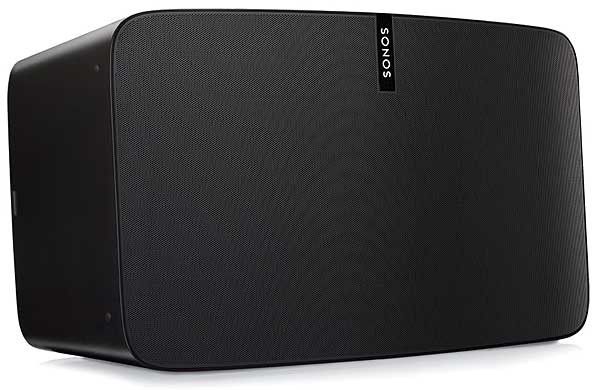
The systems share similar elements. First, there are “player” components or speakers that get placed around the home; these are seen by the control app as rooms or zones that can be selected individually for playback. More often than not, a typical zone is served by a powered speaker/player, with all the wireless circuitry and amplification built in. These self-contained (mostly tabletop) speakers are easily placed on a counter, dresser, or nightstand, and they can be moved around as needed. If they’re within range, they require only an AC power outlet to function, and some have a rechargeable battery or available battery pack.
Along with powered speakers, some systems offer an amplifier/player module that can drive a pair of passive speakers to create a music zone, or a preamp/player that can turn an existing stereo or home theater system into a zone.
Beyond this, we’re now seeing the integration of wireless multiroom capability into a variety of other components. Several brands are selling soundbars that will be recognized as a separate zone by their control app. And some brands have begun building their wireless multiroom platform into A/V receivers and preamps. Specialty components, such as Fusion Research’s DTS Play-Fi music server and Denon’s Heos Drive four-zone amplifier, are designed to serve the custom install market.
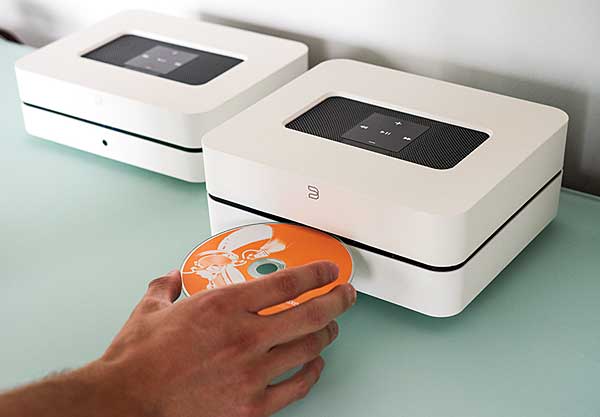
The music source for these systems is usually your home network, potentially including Internet streaming services and/or a music library resident on a network computer or hard drive. (NAS drives, incidentally, are ideal for wireless multiroom systems because their content remains accessible to the system 24/7 without the need to fire up a computer.) Some systems allow connection of local analog or digital sources in each zone, such as an iPod, smartphone, or disc player that can be attached to a powered speaker, preamp module, or AVR through either a hard-wired input or a wireless Bluetooth or Google Cast link.
Internet streaming services must be either integrated directly with the system architecture, which is the ideal and most seamless execution, or brought in through your regular smartphone app on those systems that support this. Direct integration means your system is streaming straight from the Internet and not from your phone, which preserves power by leaving the phone to perform only control functions like music and room selection or volume. Several systems are compatible with the Spotify Connect app or with Google Cast, each of which functions similarly to an integrated service in that regard, and also allows the phone hosting the control app to pass out of Wi-Fi range without interrupting the music stream.
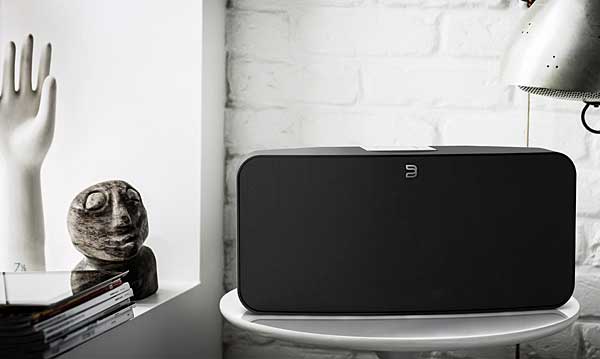
You’ll usually find a regularly updated list of integrated music services for each system on the manufacturer’s Website. Sonos, by far, has the largest number of music services available to users, some paid, many free. It’s a great place to explore more obscure options, but keep in mind that the vast majority of us use only a few of the major streaming services anyway, so you may find your favorites represented with other brands.
On a related note, it’s important to understand what these wireless multiroom systems aren’t. They are not just another alternative to the Bluetooth, Airplay, and Google Cast technologies that work with many standalone wireless speakers today. Those systems can typically accommodate one stream from your device to one speaker at a time, or sometimes multiple speakers all playing the same music simultaneously. As noted, some wireless multiroom systems do allow temporary connection of a Bluetooth or Google Cast phone for when pals come by, but the key distinction here is the ability to drive multiple simultaneous streams to different zones around the house. This way, Dad can play his jazz rap in the kitchen while Mom plays her jangle pop in the den, all while sis is on the back deck luxuriating in some Brazilian thrash metal and little bro is getting down to gypsy punk in his bedroom. Or something like that. The point is, everybody gets what they want, when and where they want it, as well as the ability to share any given stream to multiple zones for parties.
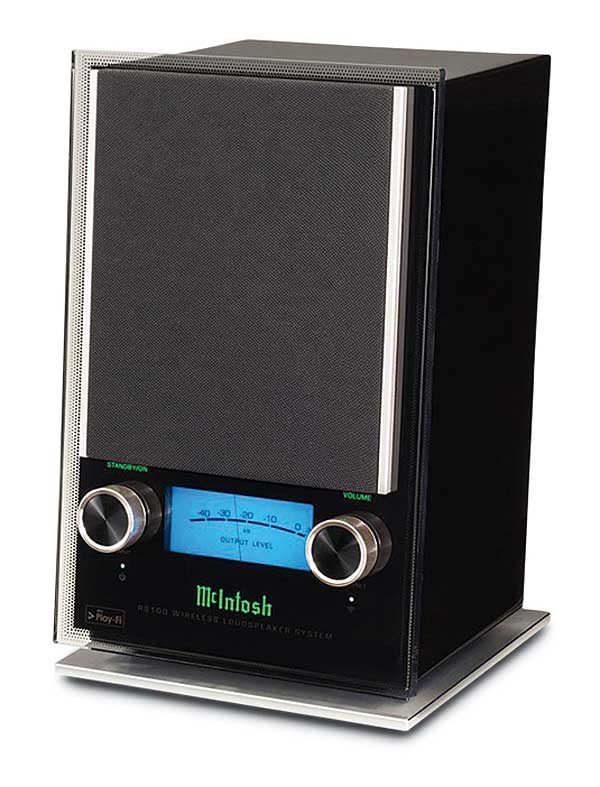
Wheat and Chaff
There are several considerations for winnowing down the options and finding the right wireless multiroom system. First is to decide if you want an open or proprietary platform. Then, there’s the selection of music streaming services (if you intend to use them), and possibly the need to connect other sources to the system. Of course, there are the usual sound quality considerations. Finally, there’s the functionality of the control app. I’ll comment on each of these separately.
Open vs. Proprietary. An open system uses a licensed technology and app, for which any speaker or electronics manufacturer can pay a fee to sign onto as a partner and start using. This means that multiple brands of products can be mixed and matched around the house, as long as they share the same platform. And theoretically, this gives you greater choice in terms of price points and sound quality.
- Log in or register to post comments


